-
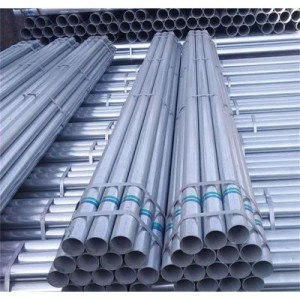
Galvanized welded pipe
In order to improve the corrosion resistance of steel pipes, general steel pipes are galvanized. Galvanized steel pipes are divided into hot-dip galvanizing and electro galvanizing. The hot-dip galvanizing layer is thick, the cost of electro galvanizing is low, and the surface is not very smooth. Oxygen blowing welded pipe: it is used as steel blowing pipe. Generally, small-diameter welded steel pipe is used, with eight specifications of 3 / 8-2 inches. It is made of 08, 10, 15, 20 or 195-q235 steel strip. In order to prevent corrosion, aluminizing treatment must be carried out.
-
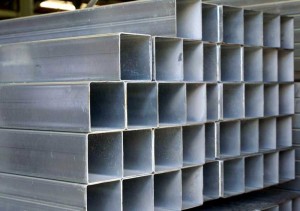
Cold galvanized pipe
As the name suggests, cold galvanized pipe is a steel pipe coated with a layer of zinc on the outer wall of the steel pipe by electro galvanizing. This treatment method is completely different from the principle of hot galvanizing, so we call it cold galvanized pipe.
-
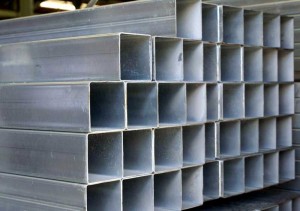
Galvanized strip pipe
Galvanized pipe, also known as galvanized steel pipe, is divided into hot-dip galvanizing and electro galvanizing. The hot-dip galvanizing layer is thick and has the advantages of uniform coating, strong adhesion and long service life. The cost of electro galvanizing is low, the surface is not very smooth, and its corrosion resistance is much worse than that of hot-dip galvanized pipe.
-
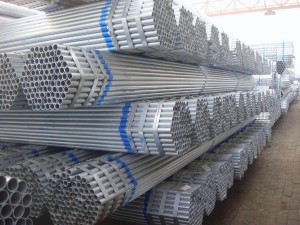
Galvanized seamless steel pipe
The amount of galvanized seamless steel pipe is very small, only 10-50g / m2, and its corrosion resistance is much different from that of hot-dip galvanized pipe. Regular galvanized pipe manufacturers are allowed to use cold galvanized pipes as water and gas pipes. The galvanized layer of cold galvanized steel pipe is an electroplating layer, and the zinc layer is separated from the steel pipe substrate. The zinc layer is thin, and the zinc layer is simply attached to the steel pipe matrix, which is easy to fall off. Therefore, its corrosion resistance is poor. In new houses, it is forbidden to use cold galvanized steel pipes as water supply steel pipes.
-
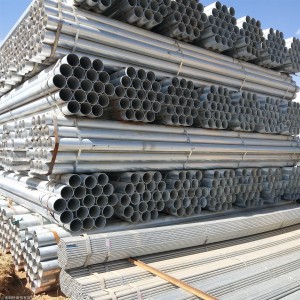
Alloy galvanized pipe
Galvanized pipe, also known as galvanized steel pipe, is divided into hot-dip galvanizing and electro galvanizing. The hot-dip galvanizing layer is thick and has the advantages of uniform coating, strong adhesion and long service life. The cost of electro galvanizing is low, the surface is not very smooth, and its corrosion resistance is much worse than that of hot-dip galvanized pipe.
-
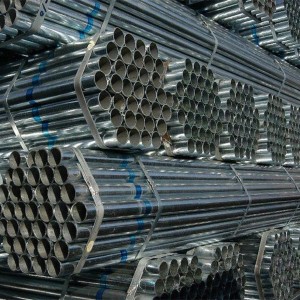
Non standard galvanized pipe
Galvanized pipe, also known as galvanized steel pipe, is divided into hot-dip galvanizing and electro galvanizing. The hot-dip galvanizing layer is thick and has the advantages of uniform coating, strong adhesion and long service life. The cost of electro galvanizing is low, the surface is not very smooth, and its corrosion resistance is much worse than that of hot-dip galvanized pipe.
-
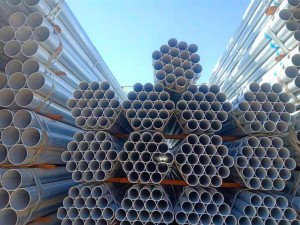
235 galvanized pipe
Galvanized pipe, also known as galvanized steel pipe, is divided into hot-dip galvanizing and electro galvanizing. The hot-dip galvanizing layer is thick and has the advantages of uniform coating, strong adhesion and long service life. The cost of electro galvanizing is low, the surface is not very smooth, and its corrosion resistance is much worse than that of hot-dip galvanized pipe.
-
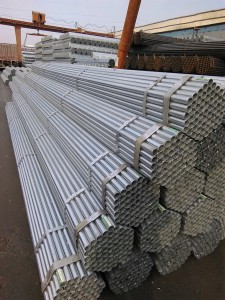
Galvanized steel pipe processing
Galvanized pipe, also known as galvanized steel pipe, is divided into hot-dip galvanizing and electro galvanizing. The hot-dip galvanizing layer is thick and has the advantages of uniform coating, strong adhesion and long service life. The cost of electro galvanizing is low, the surface is not very smooth, and its corrosion resistance is much worse than that of hot-dip galvanized pipe.
-
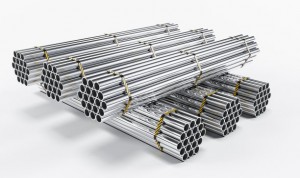
Fire plastic coated pipe
Galvanized pipe, also known as galvanized steel pipe, is divided into hot-dip galvanizing and electro galvanizing. The hot-dip galvanizing layer is thick and has the advantages of uniform coating, strong adhesion and long service life. The cost of electro galvanizing is low, the surface is not very smooth, and its corrosion resistance is much worse than that of hot-dip galvanized pipe.
-

Galvanized channel steel
Hot dip galvanized channel steel can be divided into hot-dip galvanized channel steel and hot blown galvanized channel steel according to different galvanizing processes. The purpose is to immerse the derusted steel parts into the molten zinc at about 440 ~ 460 ℃, so as to attach zinc layer to the surface of steel members, so as to achieve the purpose of anti-corrosion.
-
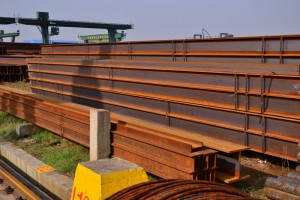
Hot dip galvanized I-beam
Hot dip galvanized I-beam is also called hot-dip galvanized I-beam or hot-dip galvanized I-beam. It is to immerse the derusted I-beam into the molten zinc at about 500 ℃, so that the zinc layer is attached to the surface of the I-beam, so as to achieve the purpose of anti-corrosion. It is suitable for all kinds of strong corrosive environments such as strong acid and alkali fog.
-

Galvanized steel strip
Galvanized steel strip is processed by common steel strip pickling, galvanizing, packaging and other processes. It is widely used because of its good anti-corrosion performance. It is mainly used for making metal products that are cold worked without galvanizing. For example: light steel keel, guardrail net, peach column, sink, rolling shutter door, bridge and other metal products.











